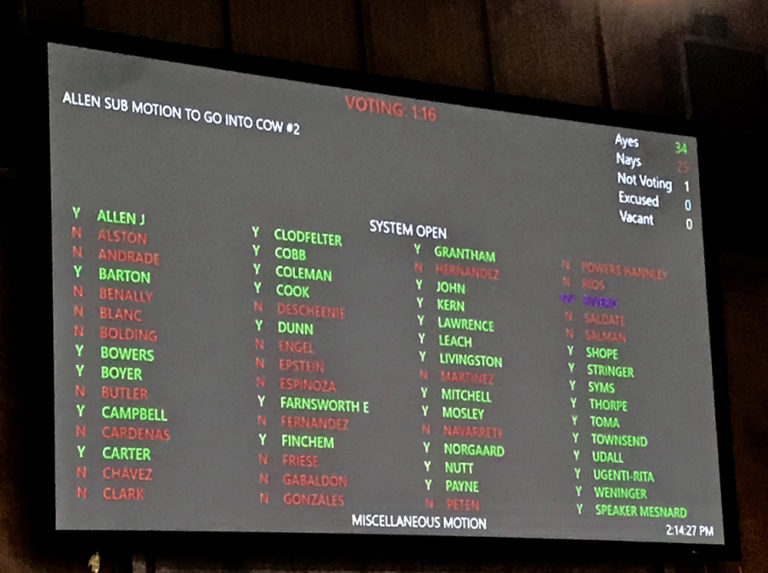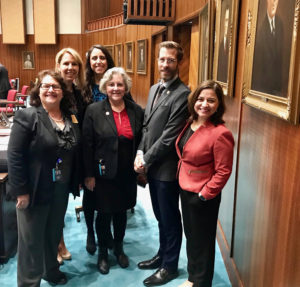American acceptance of gun violence seems a lot like the frog in the pot of boiling water. If the frequency of mass shootings went from 1960 levels to 2018 levels in one year, the reaction by the public and political leaders would have been swift and decisive.
Yet, somehow, a gradual rise in the same degree has taken place, with precious little pushback. Until, of course, clear-thinking high school students started to scream “enough.”
How could this be?
I submit there are three ingredients to the madness.
First, there’s the unmitigated greed of the gun industry and its trade association, the NRA. Gun industry executives and major shareholders by and large are not gun nuts. To them, it’s not really about “freedom” or some bastardized reading of the second amendment or a sick fetish for guns and ammunition. Rather, it’s about money, their love of it, and their willingness to place their avarice above all norms of human decency. They don’t go to shooting ranges on the weekend for the thrill of firing an assault weapon; they go to country clubs to play golf, then to high-end restaurants. Other than the source of their wealth — mass death and destruction — the major shareholders and C suite occupants of gun manufacturers are no different than their counterparts in other industries. And, make no mistake, the NRA represents the gun industry, not hunters and other gun owners.






